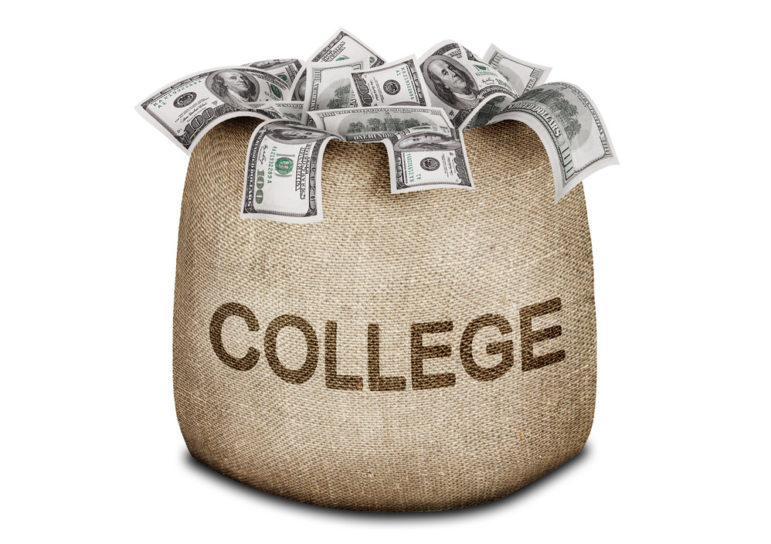
June 24, 2016; Washington Post
Despite a twenty-two-year-old law against prisoners receiving financial aid, incarcerated prisoners will be able to receive federal funds to attend college classes in a massive step forward in the president’s criminal reform agenda. The pilot Pell Grant program, “Second Chance Pell,” has been shepherded by President Obama’s administration and will be funded through taxpayer money, one of the reasons it has received resistance from Republican lawmakers since the program was announced last summer. Cumulatively, the program will dole out approximately $30 million in grants to prisoners.
“The evidence is clear,” said Education Secretary John B. King, Jr. “Promoting education and job training for incarcerated individuals makes communities safer by reducing recidivism, and saves taxpayer dollars by lowering the direct and collateral costs of incarceration.”
Last Thursday, 67 colleges and universities were selected to participate in the pilot program. Most are public community colleges and four-year universities, including some “big name” institutions like Rutgers University. Nonprofit universities are represented as well: Bard College, Goucher College, and Villanova University. None of the participating institutions is a for-profit. Tellingly, 200 applications were submitted by schools interested in participating in the project, illustrating that at least some higher education institutions see value in the program or its premise. Indeed, Goucher College already has a privately funded program that is currently helping about 100 inmates receive bachelor’s degrees through the small liberal arts college. The Consortium for the Liberal Arts in Prison also runs a similar program, and comprises several prestigious universities, including Bard College, Wesleyan University, and Grinnell College.
Sign up for our free newsletters
Subscribe to NPQ's newsletters to have our top stories delivered directly to your inbox.
By signing up, you agree to our privacy policy and terms of use, and to receive messages from NPQ and our partners.
The selected schools and the Department of Education will work with 100 federal and state prisons from across 27 states to enroll approximately 12,000 eligible inmates and provide either classroom instruction, online classes, or both. To qualify for the program, the inmate must be eligible for release within five years of enrollment. As noted in the press release, the emphasis is on preparing inmates for re-entry into society. Inmates can earn an associate’s or bachelor’s degree, as well as certifications in specific areas, such as carpentry. While further rules may be set into place, at least according to the current press release on the program, there do not seem to be any restrictions on whether prisoners who have been convicted of certain crimes will be barred from the enrollment.
In 1994, Congress passed a bill that President Bill Clinton signed into law, banning prisoners from the coveted Pell Grant, which, unlike other federal or private loans, does not need to be repaid. At the time, Congress argued it was unjust that prisoners would receive federal funds for education while non-incarcerated citizens were having difficulties affording higher education. To circumvent this law, which is still in place, the program has been proposed under a provision of the Higher Education Act, which allows “experimental sites” as part of pilot programs. Under this experimental program, the administration will be observing whether more inmates will take advantage of educational programs if given financial aid.
As noted by Secretary King and advocates pushing to overturn the law, much of society’s understanding of prison reform and rehabilitation has changed since 1994, a year critics claim was also marred by Clinton’s now-maligned crime bill. “We have called for Congress to reverse the mistake that was made in the mid-’90s to deny access to higher education to folks who are incarcerated by taking away Pell Grants, but that ban remains in place until Congress acts,” said King.
According to a study by the Rand Corporation from 2013, prisoners who were provided and took advantage of educational programs in jail were 43 percent less likely to be sent to prison again three years after their release, compared to inmates who were not exposed to any educational programs. Rand also noted that for every dollar spent on prisoner educational programs, three to four dollars are saved on re-incarceration expenses. Moreover, countering Republican pushback, King said the pilot program would allocate less than one-tenth of one percent of the available Pell Grant funds, not affecting other recipients.—Shafaq Hasan













